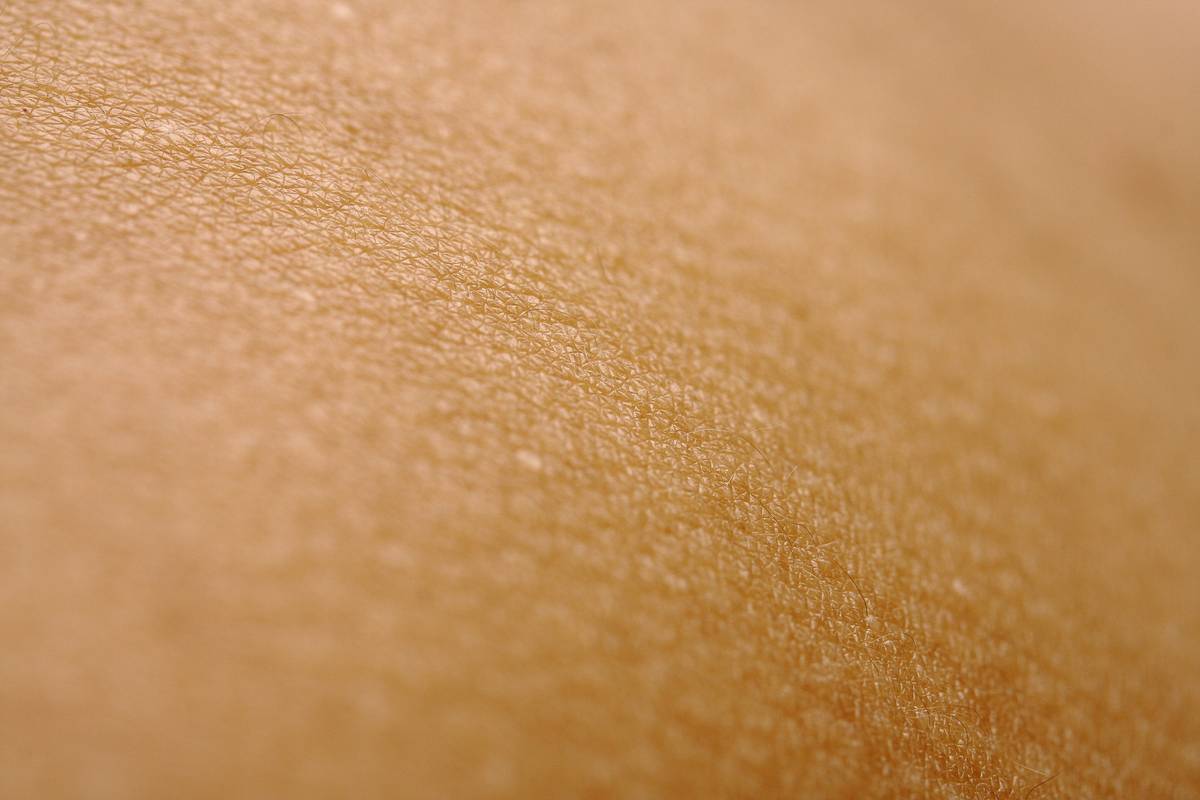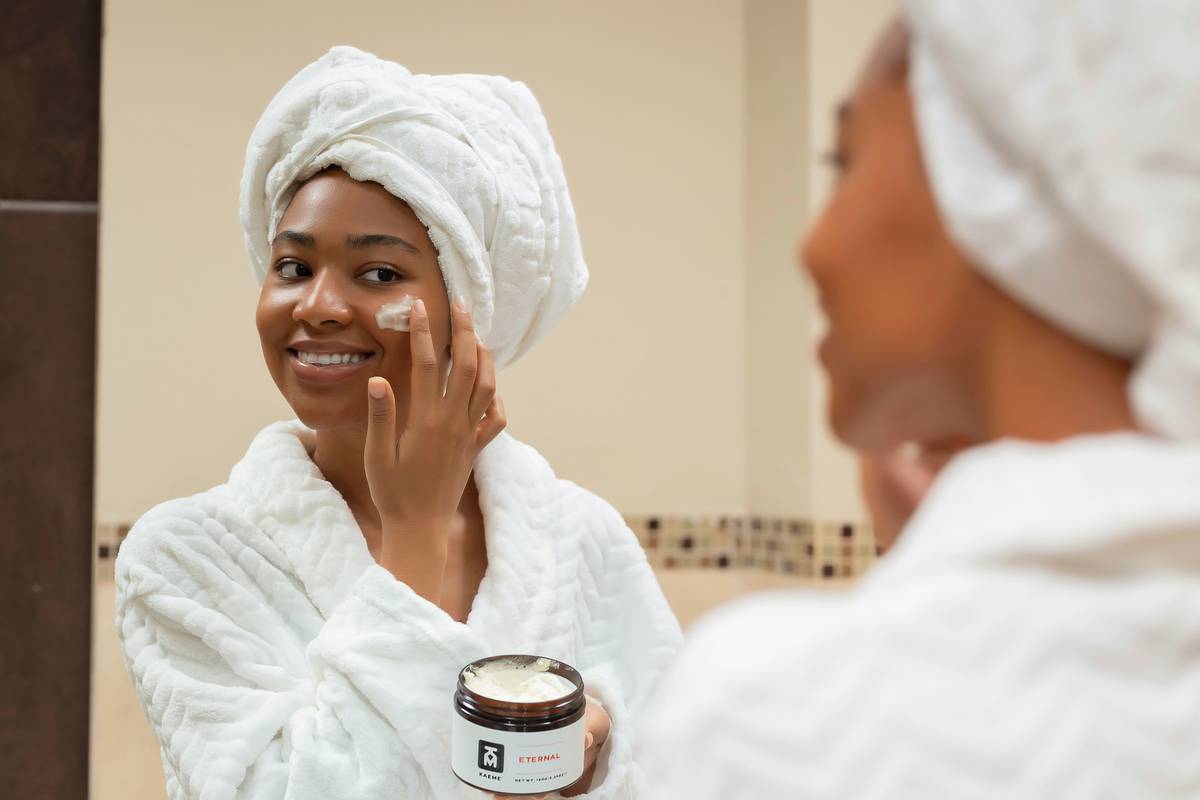Have you ever slathered on a foundation only to turn into a tomato five minutes later? Ugh. If you’ve got sensitive skin, you know the struggle is real—redness, breakouts, and itchiness are NOT the glow-up you signed up for. But here’s the good news: clean makeup can be your skin’s new BFF.
In this guide, we’ll dive deep into how to choose the right clean makeup for sensitive skin, step-by-step application techniques, pro tips, and even some fails (because we’ve all been there). By the end of this post, you’ll feel like a natural makeup wizard, ready to ace that no-makeup makeup look while keeping your skin healthy and happy. Let’s get glowing!
Table of Contents
- The Problem with Sensitive Skin & Clean Makeup
- How to Choose and Apply Clean Makeup for Sensitive Skin
- Best Practices for Clean Makeup Users
- Real-Life Examples of Success Stories
- Frequently Asked Questions About Clean Makeup
Key Takeaways
- Clean makeup avoids irritants and prioritizes gentle, nourishing ingredients.
- Application technique matters as much as the product itself.
- Always patch test before fully committing to a new foundation or concealer.
Why Sensitive Skin Needs Clean Makeup
Imagine this scenario: You’re trying out a viral TikTok makeup trend, and instead of looking like a dewy angel, your face feels like it’s hosting a rave for redness. Fun? Not so much.
Sensitive skin reacts to harsh chemicals, synthetic fragrances, and cheap fillers found in many conventional beauty products. That’s why finding the perfect clean makeup for sensitive skin isn’t just about aesthetics—it’s about safety.

Source: Infographic highlighting sensitive skin triggers.
How to Choose and Apply Clean Makeup for Sensitive Skin
Step 1: Read Labels Like a Detective
Optimist You says: “Ingredients don’t scare me—I read them all!” Grumpy You replies: “Ugh, my eyes hurt from squinting at font sizes smaller than ants.”
But seriously, reading labels is non-negotiable. Look for:
- Natural Ingredients: Think plant-based oils, shea butter, or aloe vera.
- No Nasties: Avoid parabens, sulfates, phthalates, and synthetic fragrances.
Step 2: Patch Test Before Committing
This one’s simple yet crucial. Apply a small amount behind your ear or wrist and wait 24 hours to see if any irritation occurs. Better safe than sorry!
Step 3: Layer Gently
When applying clean makeup for sensitive skin, use light layers. Start with a hydrating primer, then move on to foundation, blush, and highlighter. Blend softly using brushes made from hypoallergenic materials.

Source: Image showing hypoallergenic makeup tools.
Best Practices for Using Clean Makeup on Sensitive Skin
- Moisturize First: A well-hydrated base reduces the likelihood of irritation during makeup application.
- Less Is More: Stick to minimalist routines. Overloading your skin with multiple products increases sensitivity risks.
- Terrific Tip Alert: This might sound counterintuitive, but avoid overwashing your face before putting on makeup—it strips away essential oils, leaving your skin more vulnerable.
Success Stories: Real People, Real Results
Meet Sarah, a freelance graphic designer who swears by her clean makeup routine. After years of struggling with eczema flare-ups triggered by mainstream foundations, she switched to a mineral-based formula rich in zinc oxide. Her verdict? Zero irritation, major confidence boost. Sounds dreamy, right?
And don’t forget Emily, whose acne-prone skin finally met its match after discovering an organic BB cream infused with chamomile extract. It calmed her complexion while evening out her tone.
FAQs About Clean Makeup for Sensitive Skin
What Makes Makeup “Clean”?
Clean makeup refers to formulas free from toxins, artificial dyes, and other potential irritants. Instead, they focus on natural, skin-loving ingredients.
Can I Use Tinted Sunscreen as Foundation?
Absolutely. Many tinted sunscreens provide light coverage and SPF protection simultaneously. They’re often formulated with gentler ingredients, making them ideal for sensitive skin.
Is Mineral Makeup Safer for Sensitivity?
Yes, mineral makeup typically contains fewer irritants compared to traditional options. Look for brands emphasizing titanium dioxide and iron oxides.
Final Thoughts
Finding the perfect clean makeup for sensitive skin doesn’t have to feel like solving a Rubik’s Cube blindfolded. With careful ingredient selection, mindful layering, and a dash of patience, you can create a skincare-friendly makeup routine that enhances your natural beauty without compromising your skin’s health.
P.S.: Like a slap bracelet from the ’90s, sometimes simplicity wins every time.


